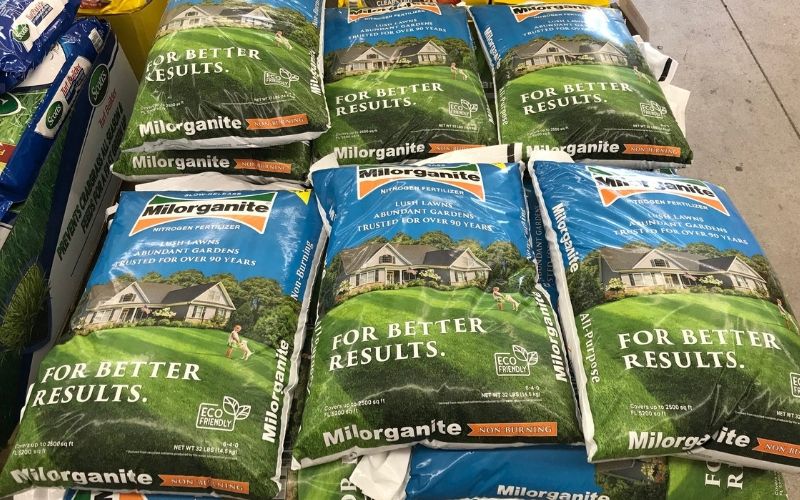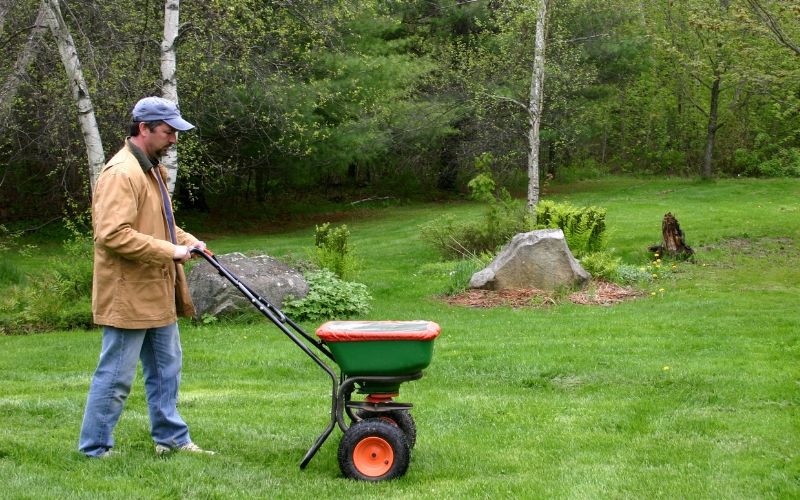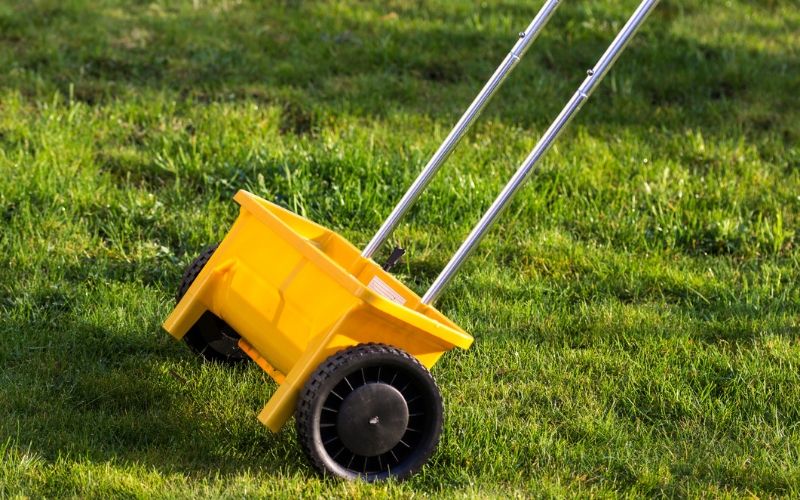Seeding vs. Sodding a Lawn
Whether you have a few bare spots in your lawn to patch or you're starting over, your options for starting new grass is to seed or sod.

Establishing a New Lawn
When establishing a new lawn, a common question asked is, "Should I seed or sod?" The answer to this question is different for everyone depending on the area in question, as well as how much time and money you want to invest.
The most significant difference between seeding and sodding is the time it takes to develop a mature grass stand. Sodding is quicker; it’s simply transplanting mature grass. Seeding establishes grass from an earlier stage. The following lists some of the advantages and disadvantages of each method.
Once you establish what method to use you will need to learn how much Milorganite® to mix into the top 2-4 inches of soil. Milorganite’s nitrogen and phosphorous accelerate lawn development and the iron provides a deep lasting green.
Seeding a Lawn
Advantages:
- More grass types and varieties to choose from
- Less expensive than sodding
- Deeper root system
- There is no thatch layer present which may harbor unwanted diseases or insect pests
Disadvantages:
- Initial establishment takes longer
- Time of seeding is limited mainly to late summer and early fall
- Moisture is critical for the young seedlings
- Invasion of weeds into bare soil
- The area is inaccessible until the seed is fully established
Sodding a Lawn
Advantages:
- Instant gratification
- relatively weed-free in the beginning
- Can be laid any time during the growing season
- Sodded lawns control soil erosion on slopes and eliminate problems with mud while the grass is becoming established.
- Instant accessibility to the area
Disadvantages:
- Expensive
- Less selection or control over types of grasses (shade or drought tolerance)
- Labor intensive





